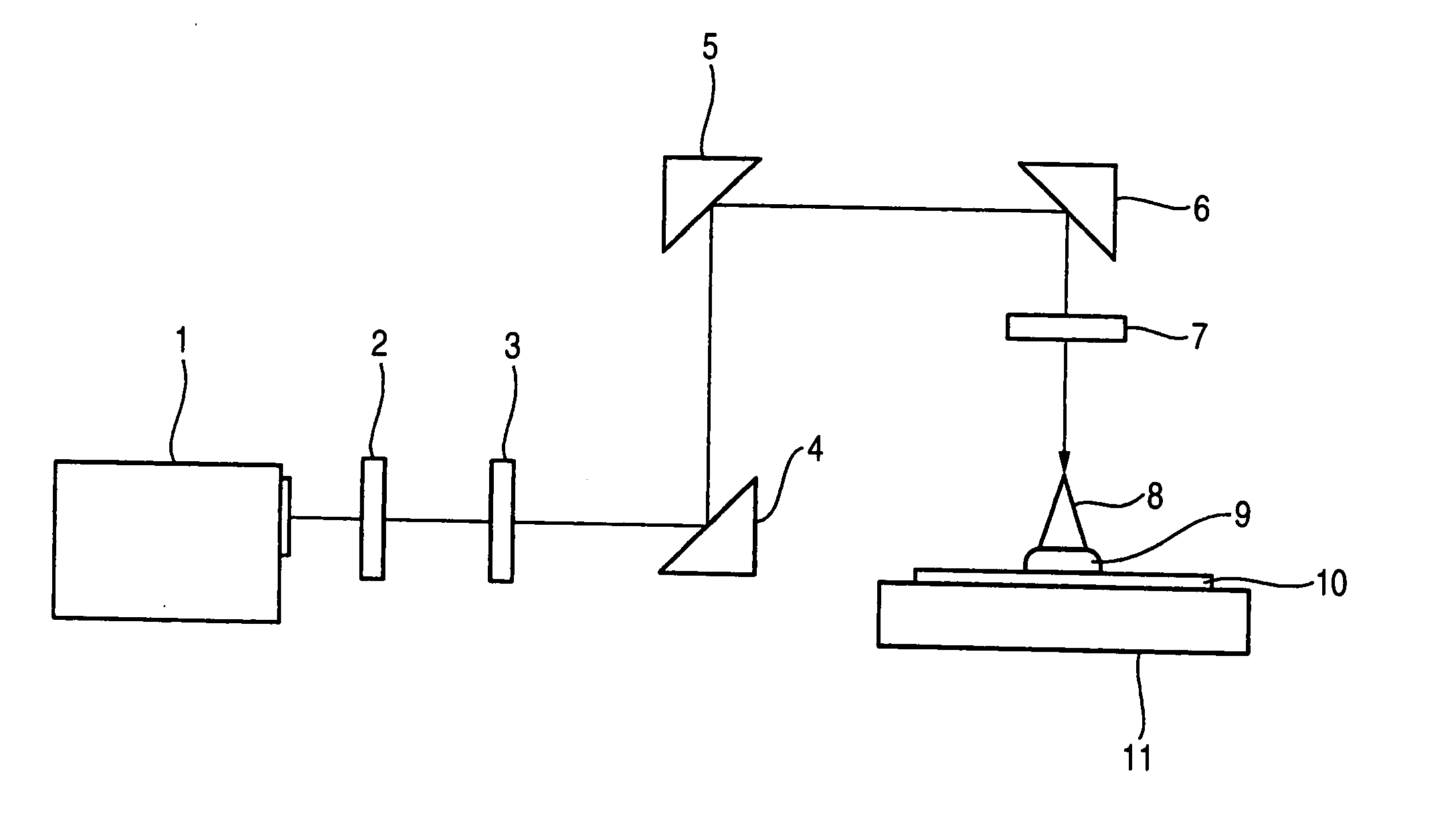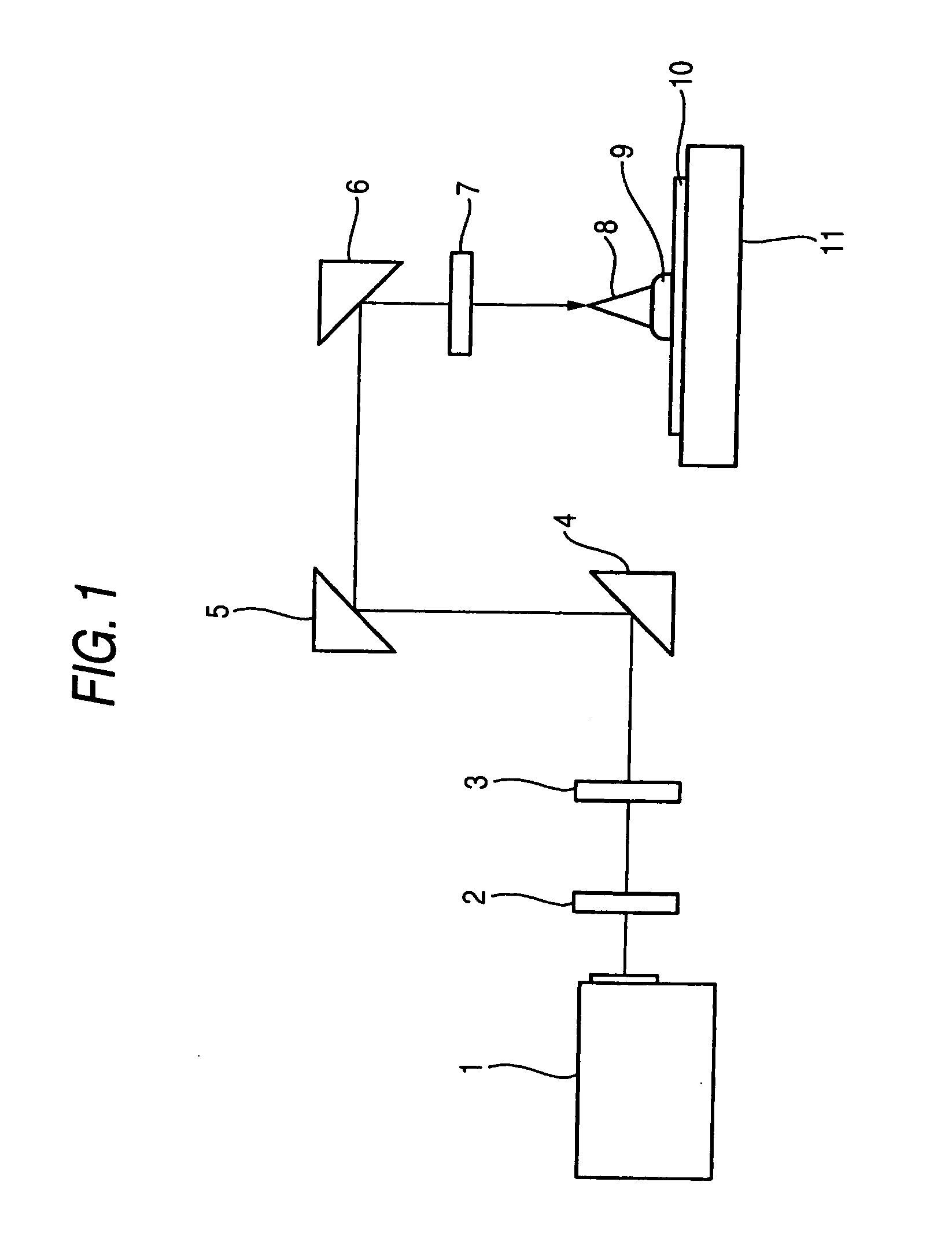Positive photosensitive composition and method of forming resist pattern
a composition and photosensitive technology, applied in the field of positive photosensitive composition, can solve the problems of low sensitivity of resists, insufficient performance of chemical amplification type resists, and tapered patterns
- Summary
- Abstract
- Description
- Claims
- Application Information
AI Technical Summary
Benefits of technology
Problems solved by technology
Method used
Image
Examples
examples
The invention will be explained below in greater detail by reference to Examples, but the contents of the invention should not be construed as being limited by these Examples.
<Fluorine Atom-Containing Resins>
The structures of the fluorine atom-containing resins (FII-1) to (FII-40) used in the Examples are shown below.
The weight-average molecular weights and other properties of the fluorine atom-containing resins (FII-1) to (FII-40) are shown in Tables 1 and 2.
TABLE 1Content ofWeight-averageoligomers havingmolecular weightDispersitymolecular weightResinMwratioof 1,000 or lower(FII-1) 152001.455(FII-2) 240001.758(FII-3) 182001.857(FII-4) 165001.466(FII-5) 95001.588(FII-6) 195002.028(FII-7) 65001.857(FII-8) 284001.689(FII-9) 286001.445(FII-10)128001.658(FII-11)168001.689(FII-12)284001.586(FII-13)198001.698(FII-14)87001.958(FII-15)152001.467(FII-16)195001.654(FII-17)169001.428(FII-18)159001.859(FII-19)150001.554(FII-20)125001.888(FII-21)250001.689(FII-22)160001.547(FII-23)14...
PUM
| Property | Measurement | Unit |
|---|---|---|
| wavelength | aaaaa | aaaaa |
| width | aaaaa | aaaaa |
| roughness | aaaaa | aaaaa |
Abstract
Description
Claims
Application Information
 Login to View More
Login to View More - R&D
- Intellectual Property
- Life Sciences
- Materials
- Tech Scout
- Unparalleled Data Quality
- Higher Quality Content
- 60% Fewer Hallucinations
Browse by: Latest US Patents, China's latest patents, Technical Efficacy Thesaurus, Application Domain, Technology Topic, Popular Technical Reports.
© 2025 PatSnap. All rights reserved.Legal|Privacy policy|Modern Slavery Act Transparency Statement|Sitemap|About US| Contact US: help@patsnap.com



